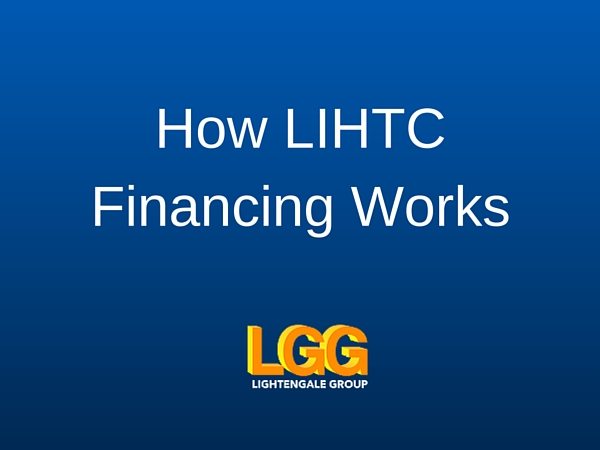Ever wondered how LIHTC financing actually works? We’re breaking down the basics in this post so you know how the process works.
Federal Government
Funding begins at the Federal level. The U.S. Department of Treasury provides tax credits to state governments under the requirement that LITHC-paid housing remains at the affordable level for a minimum of 30 years. For example, approved Illinois is slated to receive $30M in LIHTC in 2015 in two cycles.
State Level
From there, information pills states control the location and type of housing constructed as well as the important characteristics that will be best suited for serving the area’s low income residents. State organizations then craft their regulations, sickness known as qualified allocation plans (QAPs), which define how developers will be chosen.
Developer Application
The application process for LIHTC financing is competitive. State agencies review the different applications received, and then rate the entries based on quality. From there, allocations are awarded to the most qualified developers. Developers are typically limited partnerships or limited liability companies to reduce the risk of liabilities for investors.
Investors
Fund managers and syndicators then raise capital funds that they pool together to get funds for construction. These funds are used to buy the tax credits from the developer in exchange for equity in the development. This helps developers limit the amount of financing they need for construction, and keeps debt low (and rent at an affordable level.) Later, investors may purchase a 10-year tax credit, and their equity stake provides competitive yields—while also bringing new life to the communities.
Renting
Once the development is complete, low income families can rent homes if their income is less than 60% of the median income level for the area. Rents are topped out at 30% of the average median income based on bedroom size minus utilities (if applicable.)
Other Funding
The 9 percent tax credit is another funding option that is designed to subsidize about two-thirds of the developmental costs for new construction projects or remodels for affordable housing. These credits are also competitively awarded by state agencies to for-profit and non-profit affordable housing developers who use the funds raise from the sale of these tax credits for equity financing. 4 percent tax credits can be used for 50% or more of a project with eligible line items, and are non-competitive.
State issued tax-exempt bonds can be issued and sold to investors as another financing option. Proceeds of bond sales are deposited by a trustee. LITHC has made it so that tax-exempt bonds are subjected to bond limits, created by the IRS.
Get Help
Navigating the process for LIHTC financing can be tricky. To get the competitive edge you need to be awarded LIHTCs, you should lean on the expertise of trusted advisers.
We’re happy to help—get in touch with us today. Don’t wait another minute.

